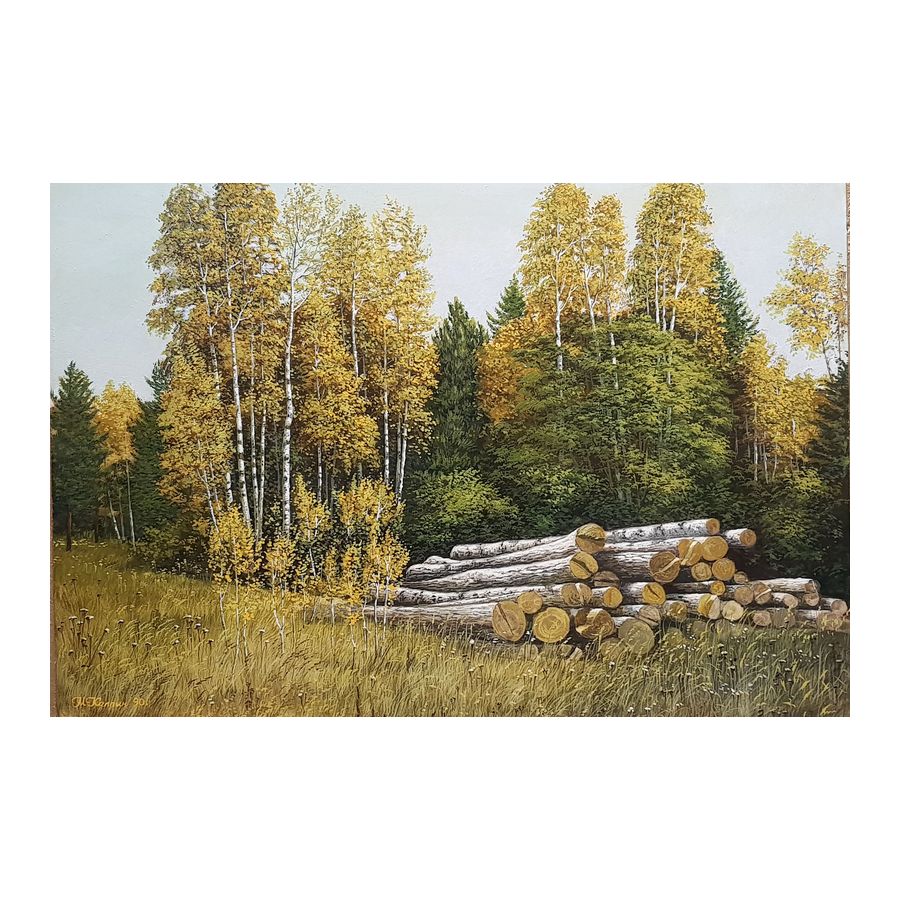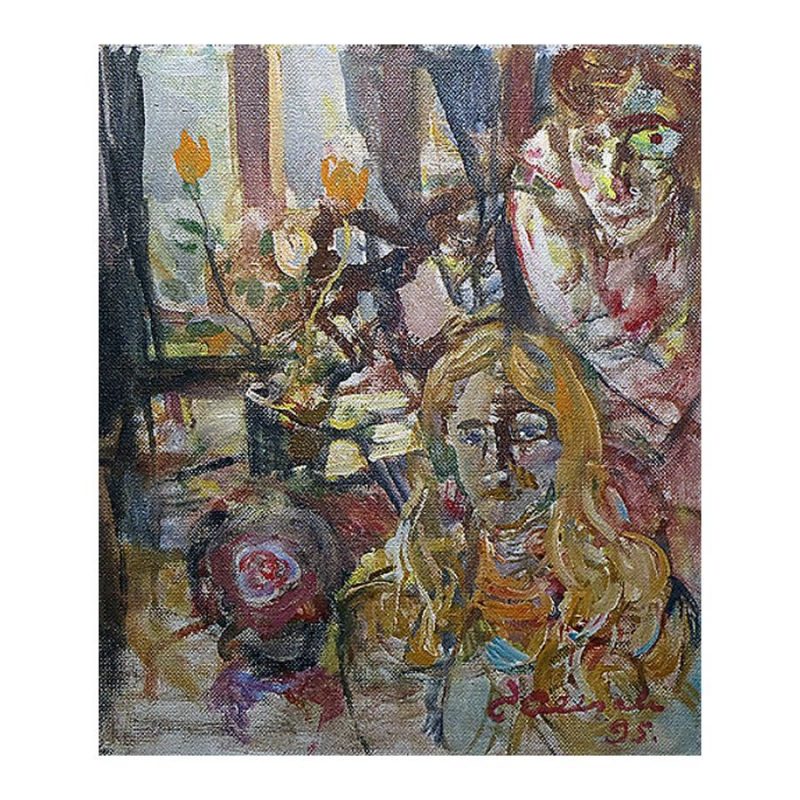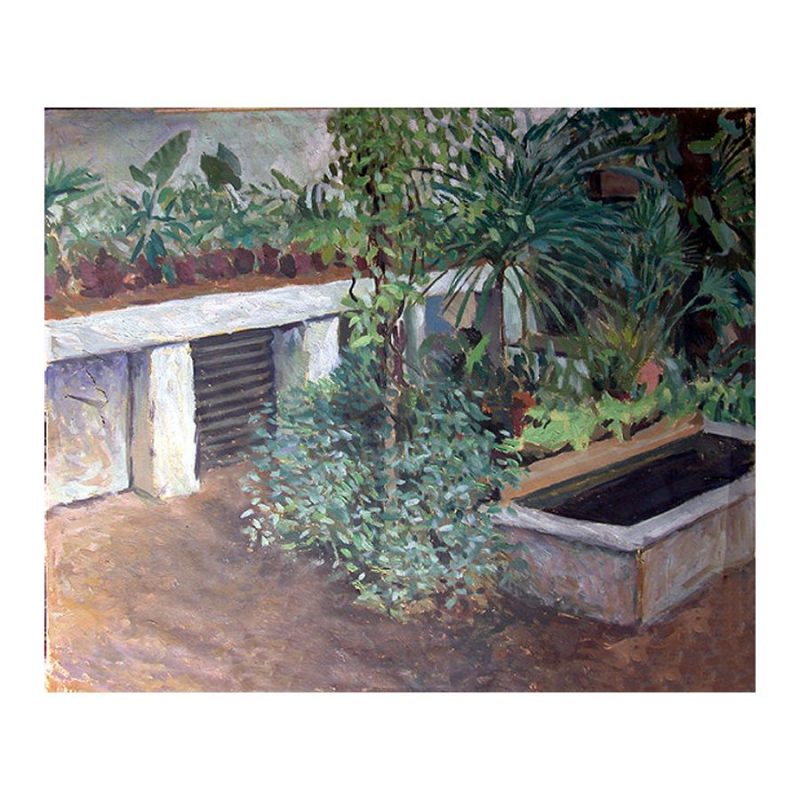Felix Randel (1901-1977)

Randel Felix, a prodigious talent of the 20th century, began his artistic journey at the Penza Art School between 1916 and 1918. Following this, he dabbled in writing and pursued further studies at the Pallas Art School. Despite not completing the full course, Felix stood out as one of the most promising students of his era.
While honing his skills in art, Randel also showcased his musical prowess, playing both the violin and flute in orchestras. Concurrently, he immersed himself in the world of linocuts, deepening his multi-dimensional artistic abilities. By 1922, he transitioned into teaching, imparting knowledge in Väike-Maarja, where he settled down and started a family. His son later gained fame as a distinguished musician.
Randel’s artistic inclinations led him to explore cubism, eventually joining and even leading the cubist-constructivist group of Estonian artists in 1924. His journey took him to Paris with friend Eduard Ole, where his fascination with caricature blossomed. He claims to have sketched over 6,000 caricatures during this period. By 1929, Randel returned to Tallinn, where he juggled roles as a cartoonist for Päävele and an illustrator for the Päevalehte newspaper.
The onset of war in 1941 saw him on the frontlines. Post-war, he took on the role of the chief artist at the House of Culture I. Graves in Tallinn. His penchant for caricature resurfaced in 1946 through the Pikker magazine, eventually leading him to oversee the design studio of the Consumer Art Center.
Throughout his lifetime, Randel Felix’s artistic repertoire spanned myriad styles – from cubism to art deco, from formalism to caricature. His undeniable talent has made him one of the most prolific artists of his time. Today, art enthusiasts can access his works, held by numerous global collectors, through the Rios Art Gallery’s online platform.












